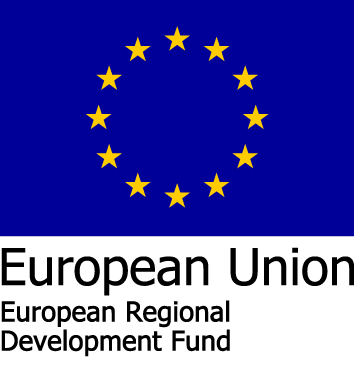Digileap of oral health - towards virtual reception

Project information
Project duration
-
Funded by
European Structural and Investment Funds
Project funder
Funding amount
396 742 EUR
Project coordinator
University of Oulu
Unit and faculty
Contact information
Project leader
- Professor
Contact person
Researchers
Project description
Digileap of Oral Health — Towards virtual reception, the project aims to contribute to the utilization and use of digital services in oral healthcare, and to promote a new business related to health care, health technology and health security. The project will implement a new digital reception concept for oral health assessment and treatment guidance, as well as test the mobile technology and virtual service suitable for this.
The project builds on the strong areas of intelligent specialisation in North Ostrobothnia: ICT and software, especially artificial intelligence and machine learning, and health and wellbeing. The project combines expertise in dentistry, optical measurement and ICT in a new way. The project uses technologies suitable for remote reception activities and predictive analytics. The project will strengthen research, development and innovation in the region's business activities, as well as promote industry networking. The multidisciplinary project brings together top experts in health and ICT and risk management from the research and corporate world.
Project actions
The project draws on previous research findings as well as experience gained in practical work with risk factors for oral disease by refining them into series of questions measuring oral health. In addition to the risk assessment, as automatic feedback, the user receives personal instructions to reduce the risk and, if necessary, guidance for appropriate treatment.
As a new matter, the project is exploring the possibility of supplementing the information generated by the survey with mouth images taken by the user by experimenting with the use of a mobile camera.
Alongside the established methods, modern machine learning methods will also be applied for the analysis of mouth images and series of questions for the first time.
The project will implement and pilot an online version of remote reception to determine whether the risk of oral diseases can be assessed using a virtual questionnaire and dental photographs taken with mobile cameras. At the same time, it will be examined whether virtual tools are useful for those who are afraid of dental treatment. In the pilot application, the risk of oral diseases and dental fear are assessed with a questionnaire.
The remote oral health application has been piloted in Kuusamo, Liminka, Oulu and Ylivieska among young people aged 13-17, as well as adults in Oulu and virtually all over Finland during 2022. 244 young people and 217 adults participated in the pilot. Participants in the study received an assessment of oral health, as well as risk of caries, gum disease, and dental erosion, and instructions in the form of short videos to reduce risks. In addition, they received an assessment of their level of dental fear, as well as instructions for dealing with fear at the dentist's office and relaxation exercises.
At the same time, 1,800 images of the mouth and teeth taken with mobile cameras were collected from the participants to investigate their usefulness and usability in risk assessment and self-care guidance.
Project results
The concrete result of the project is the essential methods and know-how for remote reception, such as optimized questionnaires, imaging methods, data analytics, and therapeutic management and self-care implementations. In addition, the project will produce a large amount of valuable oral health material for possible further development.
Research groups
Väyrynen E, Hakola S, Keski-Salmi A, Jämsä H, Vainionpää R, Karki S.
The Use of Patient-Oriented Mobile Phone Apps in Oral Health: Scoping Review.
JMIR Mhealth Uhealth 2023;11:e46143
doi: 10.2196/46143 PMID: 37672331 PMCID: 10512118
Väyrynen E, Tirkkonen O, Tiensuu H, Suutala J, Anttonen V, Laitala ML, Kukkola K, Karki S.
A Machine Learning Algorithm With an Oversampling Technique in Limited Data Scenarios for the Prediction of Present and Future Restorative Treatment Need: Development and Validation Study.
JMIR Med Inform 2025;13:e75117
doi: 10.2196/75117 PMID: 40778806 PMCID: 12426571








